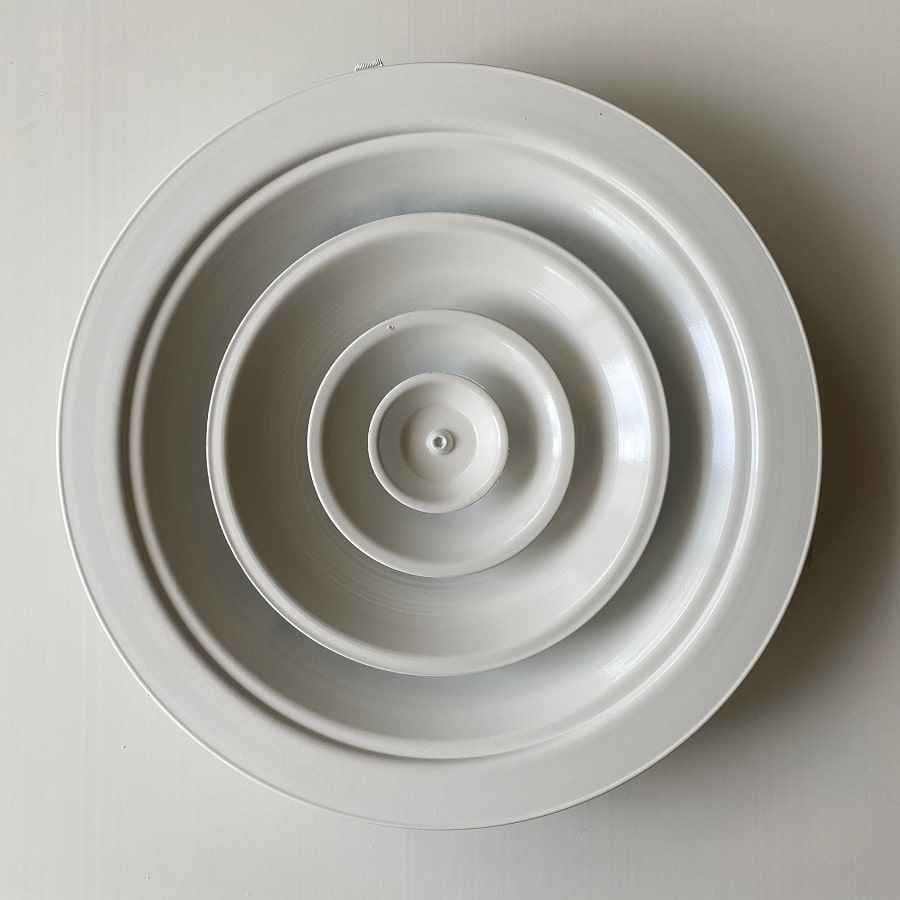Understanding Ventilation Grilles: Types, Construction, and Installation Considerations
Ventilation grilles, also known as air grilles or air vents, are an essential component of HVAC (Heating, Ventilation, and Air Conditioning) systems. They allow for the flow of air between different spaces while maintaining control over the direction and volume of airflow. Here is some technical information about ventilation grills:
- Types of Ventilation Grilles:
- Return Air Grilles: These grilles allow air to flow from a room or enclosed space back to the HVAC system for conditioning.
- Supply Air Grilles: These grills supply conditioned air from the HVAC system into a room or space.
- Exhaust Air Grilles: These grills facilitate the expulsion of air from a room or space, usually to the outside.
- Construction Materials:
- Aluminum: Aluminum grilles are lightweight, corrosion-resistant, and commonly used in residential and commercial applications.
- Steel: Steel grilles are sturdy, durable, and suitable for heavy-duty applications.
- Plastic: Plastic grilles are lightweight, affordable, and commonly used in residential settings.
- Grilles Designs:
- Fixed Grilles: These grilles have a fixed position and cannot be adjusted.
- Adjustable Grilles: These grilles feature movable louvers or dampers, allowing the user to control the direction and intensity of airflow.
- Eggcrate Grilles: These grills have a lattice-like design with thin, interlocking bars, providing a large open area for airflow.
- Sizing and Classification:
- Grille Size: Grilles are available in various sizes, typically measured in inches or millimeters, corresponding to the duct or opening they are intended to cover.
- Free Area: This refers to the open area in a grillles through which air can flow. It is expressed as a percentage of the total area and determines the airflow capacity of the grill.
- Mounting Options:
- Wall-mounted: These grilles are installed on walls, allowing for air circulation between rooms or between the interior and exterior of a building.
- Ceiling-mounted: These grilles are installed on the ceiling to supply or return air from the HVAC system.
- Floor-mounted: These grilles are installed on the floor, typically in areas where air intake or exhaust is required.
- Installation Considerations:
- Proper placement and sizing of grilles are crucial for balanced airflow and efficient HVAC system operation.
- Grilles should be regularly cleaned and maintained to prevent the accumulation of dust, debris, and allergens.
- Noise considerations: Some grilles are designed to minimize noise transmission and provide acoustic insulation.
It's important to consult with HVAC professionals or engineers for specific technical requirements and recommendations regarding ventilation grilles, as different applications may have unique considerations.



